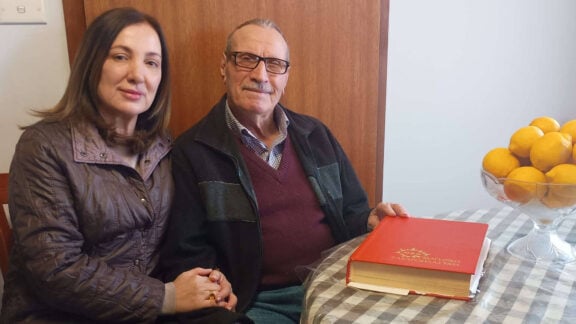The ‘city’ for Greeks is Istanbul, (Η Πόλη). For over a thousand years it was the Capital of Byzantium and called Constantinople, literarily meaning “the city of Constantine” after the then Roman Emperor. We can argue how Greek Byzantium was, as there are conflicting thoughts, but lets make it simple.
Constantinople was in the heart of the Greek speaking world. The Romans conquered most of Europe and took with them the know-how of the Greeks, spreading gods, philosophy, science, art, theatre and more, but also food. They took the Greek food culture and made it theirs, as I have mentioned in prior articles. An example, garum: a fish sauce used widely in Ancient Greek cooking was found in digs in Britain.
The food of the ‘city’ is one of the most important and well known in the world following the historical evolution of that geographical area from the 7th century BC where the city of Byzantium (its then name), named after Byzas the leader that colonised the area on behalf of Megara. It was with the Roman occupation that it changed names and later the Ottomans.
We are told by Athenaus in the Dipnosophistes (3rd century AD) of the influence of the Greeks on the culinary culture of the the ‘city’. As a colony of the Roman Empire the culinary culture is embellished with that of the Romans and it will mix into the new religion, Christianity, and this way it will be identified as Byzantine kitchen: from one end the luxurious culinary experience of the royal court consisting of a plethora of food cooked and presented in ways fit only for kings and made by trained chefs and an army of kitchen hands, at the other end of the scale simple food of the poor and the fasting food of the monks.
With the fall of Byzantium the food of The City will become a fusing of all the different ethnicities that will inhabit it along with the local nomads and the Ottoman conquerors. The variety of peoples residing in The City are many, for example; Armenians Jews, Levantines, Sarksians, Georgians, Chiotes, from other Aegean Islands, Ipeirots, Pontians, Cappadocians and many others.
The combination of all these different ethnic backgrounds creates what is known today as Politiki Kouzina (Πολίτικη Κουζίνα); In other words ‘The food of the city’. Which is based on the oral tradition of passing down recipes and know-how from generation to generation of mother and daughter, neighbour to neighbour and from chef to assistant. The food is based on fresh and quality produce cooked in their original form without complicated sauces and the herbs and spices in balanced amounts.
Characteristically there are sweet and sour tastes, vegetables cooked in oil (ladera – λαδερά) and the tastes that stand out are cinnamon, lemon, dill, and sugar. A very large variety of meze with the outstanding element, seafood, vegetables, offal, meat, rice and main dishes made form the same ingredients.
The ‘city’ food was created from the practices and traditions of the royal court, from the home cook and the street food of the markets, that later morphed into (κηπηλειών) taverns that in turn became the modern restaurant, most of all the Greek chefs, or in that part of the world Romnie chefs (ρωμιών μαγείρων), where under the Ottoman Empire and until the end of the 19th century served in the foreign embassies therefore influencing the evolution of European cuisine.
Cooking was one of the main hobbies of the local housewife, which consisted of a space for creative thinking and practice, as the ‘city’ folk were connoisseurs of good food and the table had to have a variety of food types. At the same time it was a social recognition as feminism was unheard of as it was in other parts of the world till the 1960s where there was always exceptions to the rule. If the women had an education few of them worked and it was mostly a status symbol so as to snare the good “groom” (γαμπρό). I had a handful of aunties with tertiary education that had never worked in what they studied but were fantastic cooks and naturally snared the “good groom”. My grandmother’s ambition for her daughters was just that, a good education, the groom and feminism gone wrong.
I am thankful though for all the food culture that has been passed down to me and I have tried to hang on to it and hopefully pass it on to my children. When I am in the kitchen I feel as much an artist as when I was painting and having exhibitions and often I wish I had two lives – one to paint and one to be a chef. I am a cook though and I consider cooking an art form.
Advertisement
Politiki Kouzina: The ‘city’ and its food
The food of the ‘city’ is one of the most important and well known in the world following the historical evolution of that geographical area from the 7th century BC








